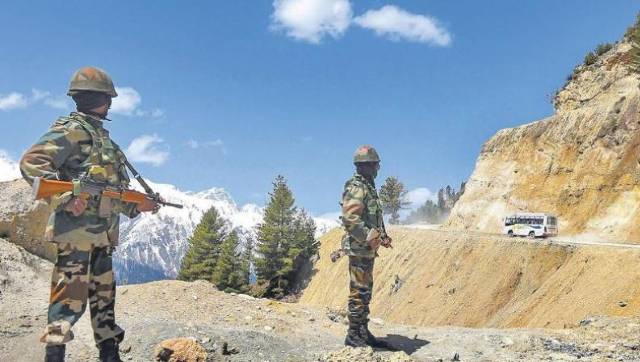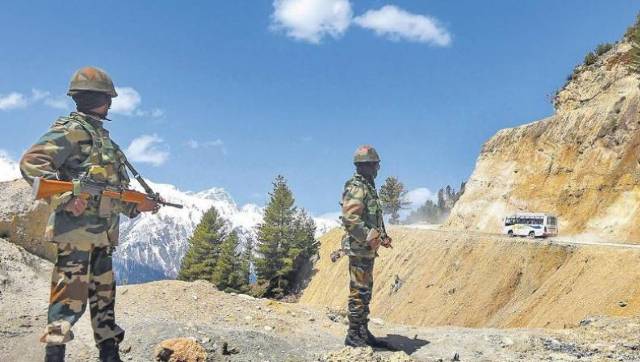Ten Indian Army soldiers, held captive by the Chinese troops after the violent clash on Monday in which
20 Indian soldiers were killed
, were released on Thursday evening. The release of the army personnel, including two Majors, two Captains and six jawans from two units, came about after three days of negotiations in the Galwan Valley in Ladakh headed by a a Major General of the Army. According to
India Today
, a consensus on the release was reached at Major General-level talks between the Indian Army and China’s People’s Liberation Army. The senior Indian officer was reportedly assured of the safety of the soldiers during talks on Thursday. [caption id=“attachment_8501941” align=“alignnone” width=“640”] Representational image. PTI[/caption] An official word on the release of 10 Indian Army soldiers is, however, still awaited. Without giving any details of the release, the Army on Thursday said that all soldiers involved in the clash in eastern Ladakh on the intervening night of 15 and 16 June with the Chinese army have now been accounted for. “It is clarified that there are no Indian troops missing in action,” the army said in a brief statement on Thursday. However, the Chinese state television CGTN quoted the Foreign Ministry spokesperson Zhao Lijian during a press briefing on Friday as saying: “China has not seized any Indian personnel.”
Representational image. PTI[/caption] An official word on the release of 10 Indian Army soldiers is, however, still awaited. Without giving any details of the release, the Army on Thursday said that all soldiers involved in the clash in eastern Ladakh on the intervening night of 15 and 16 June with the Chinese army have now been accounted for. “It is clarified that there are no Indian troops missing in action,” the army said in a brief statement on Thursday. However, the Chinese state television CGTN quoted the Foreign Ministry spokesperson Zhao Lijian during a press briefing on Friday as saying: “China has not seized any Indian personnel.”
Military sources were quoted saying on Thursday that at least 76 Indian soldiers were injured and remain in hospital after the clashes. All of them are expected to rejoin duty within 15 days. Some media reports have also claimed that the soldiers were assaulted by the Chinese army with iron rods and clubs wrapped in barbed wire laced with nails. Although, the Chinese military did not reveal the number of casualties, according to army sources at least 45 Chinese soldiers have either been killed or injured. Meanwhile, analysis of satellite images has shown a large presence of Chinese troops in the northern banks of Pangsong Tso lake, a disputed territory for years. “In the past month, Chinese forces have become an overwhelming majority in the disputed areas. Significant positions have been constructed between fingers 4 and 5, including around 500 structures, fortified trenches and a new boatshed over 20 kilometres further forward than previously. More structures appear to be under construction,” according to a report published in The Strategist , the journal of the Australian Strategic Policy Institute. The clash in Galwan Valley is the biggest confrontation between the two militaries since 1967 in Nathu La, when India lost around 80 soldiers while the toll on the Chinese side was over 300. The last time the Chinese military had taken Indian soldiers captive was in July 1962 after a clash in the same region, Galwan Valley.
)